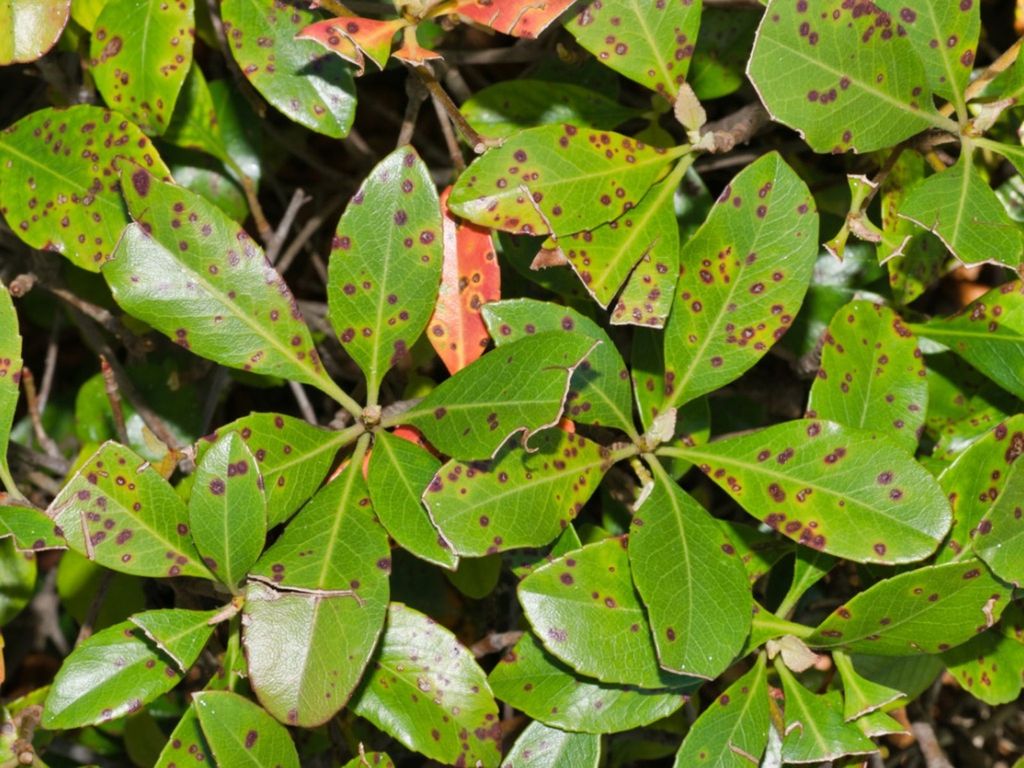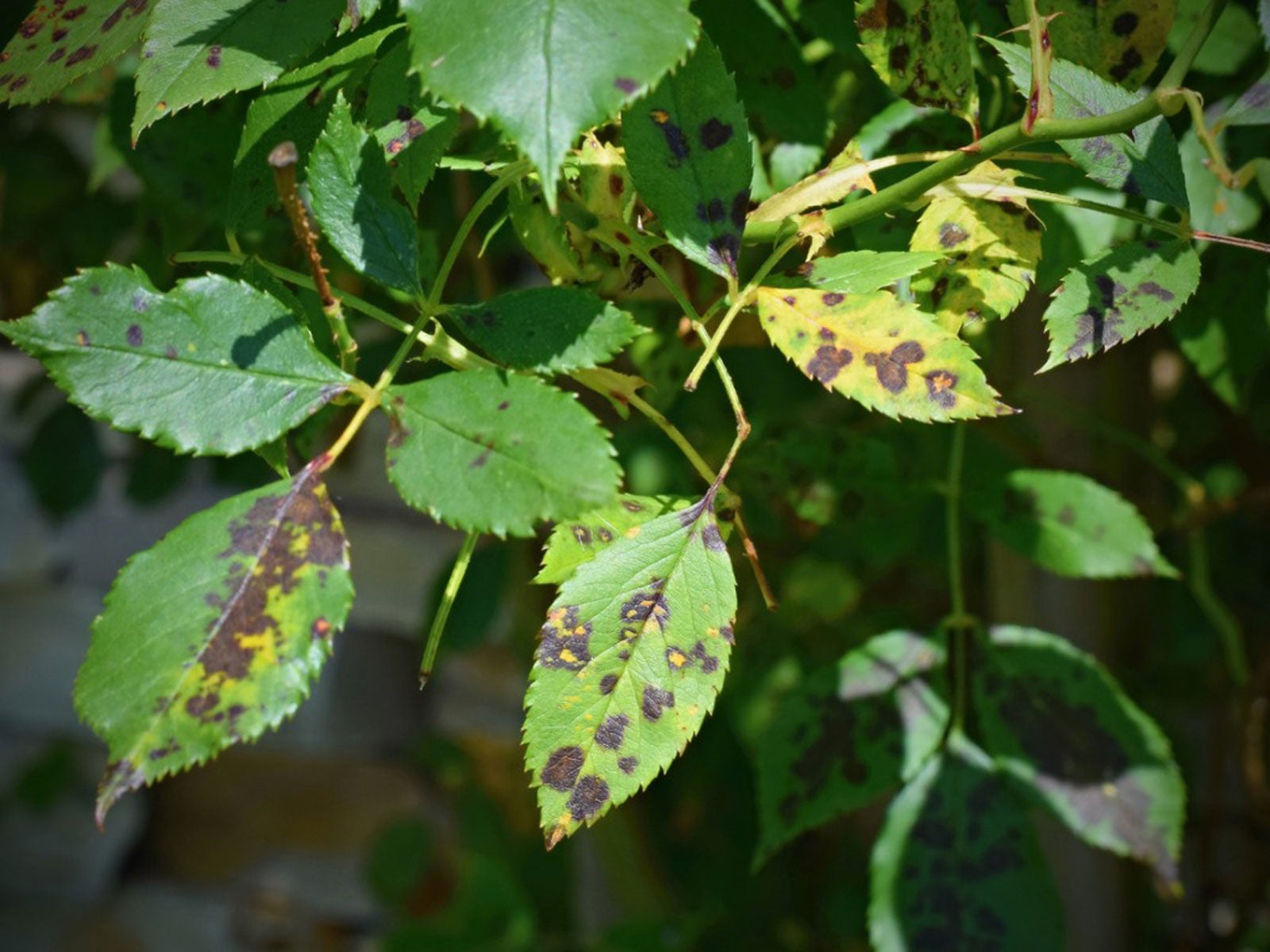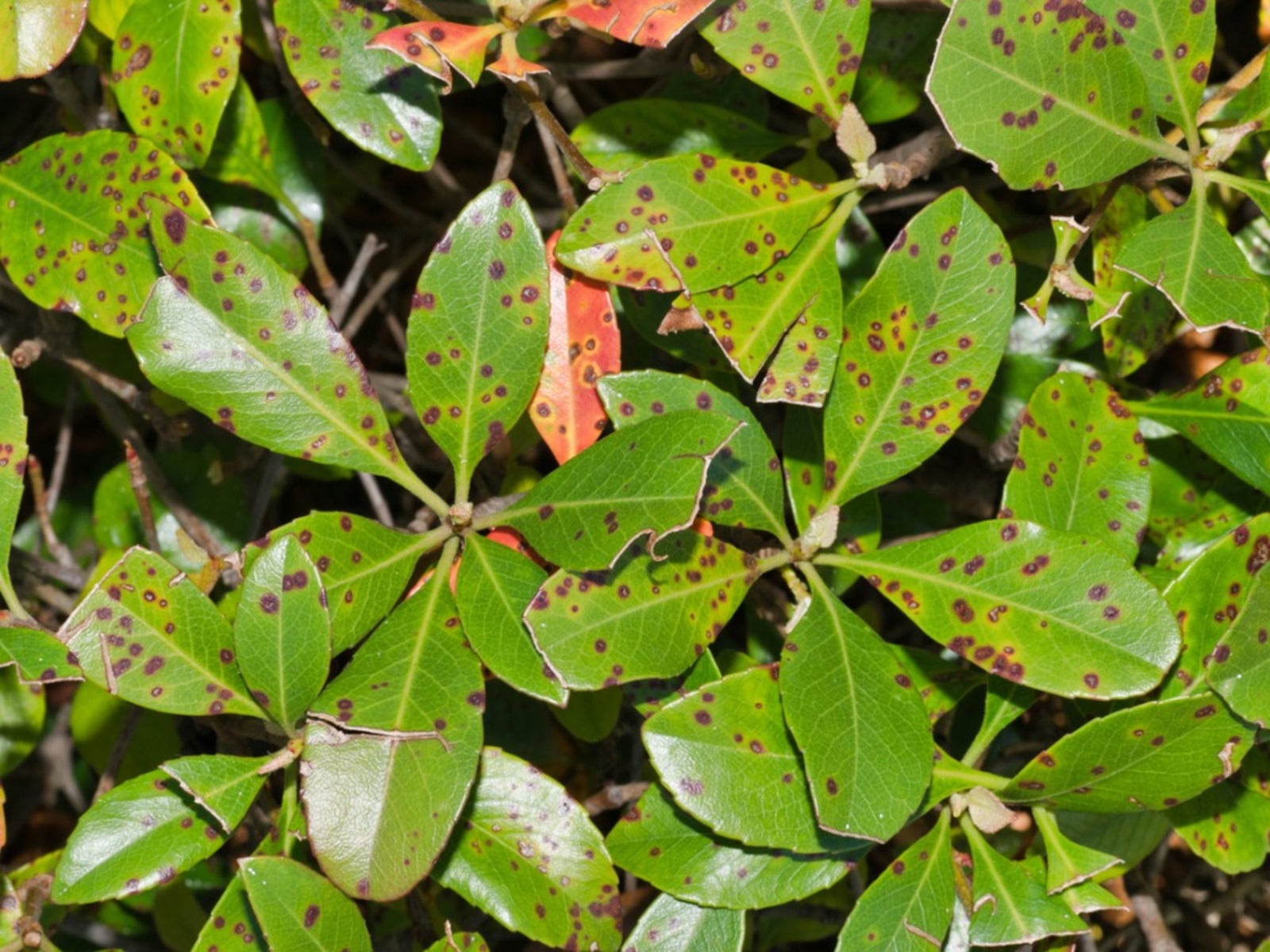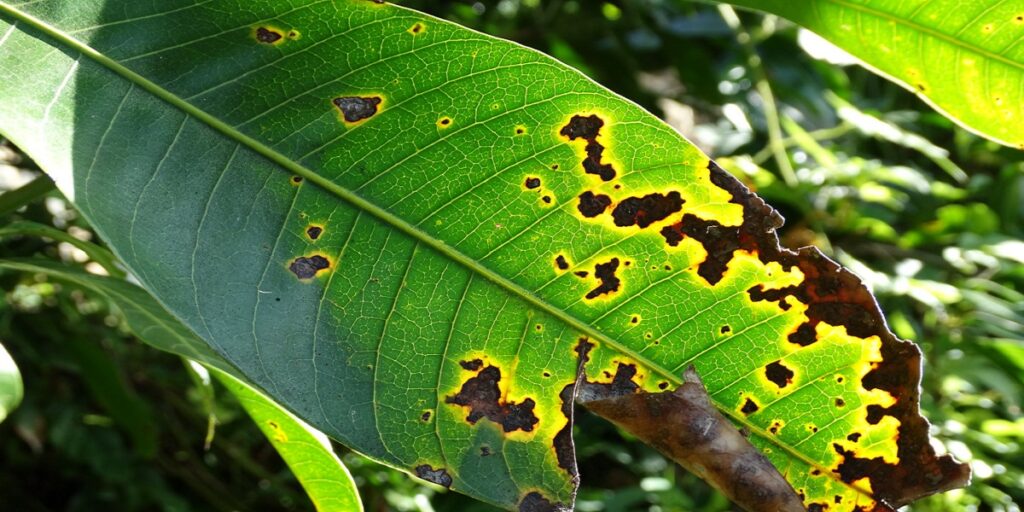What Are Those Mysterious Black Spots on My Plant Leaves?
Black spots on plant leaves can be a frustrating and mysterious problem for many houseplant enthusiasts. These unsightly spots can appear on the leaves of almost any plant, and can be caused by a variety of factors, including fungal diseases, bacterial infections, and pests. Identifying the underlying cause of the black spots is crucial for effective treatment, as different causes require different approaches.
One of the most common causes of black spots on plant leaves is fungal diseases. Fungi such as leaf spot, root rot, and powdery mildew can infect plants through wounds or natural openings, causing black spots to form on the leaves. Bacterial infections, such as bacterial leaf spot and bacterial blight, can also cause black spots, often accompanied by other symptoms such as yellowing or droopy leaves.
Pests, such as aphids, whiteflies, and spider mites, can also cause black spots on plant leaves. These tiny insects can feed on the plant’s sap, causing damage to the leaves and creating an environment conducive to the growth of fungi and bacteria.
Regardless of the cause, black spots on plant leaves can be a sign of a larger problem. If left untreated, these spots can spread, causing further damage to the plant and potentially leading to its death. Therefore, it is essential to take action as soon as black spots are noticed, and to take steps to prevent them from occurring in the first place.
By understanding the causes of black spots on plant leaves, and taking steps to prevent and treat them, houseplant enthusiasts can help keep their plants healthy and thriving. In the following sections, we will explore the different causes of black spots in more detail, and provide guidance on how to identify and treat them.
How to Identify the Cause of Black Spots on Your Plant Leaves
Identifying the cause of black spots on plant leaves requires a careful examination of the affected leaves and the plant as a whole. Here are some steps to follow:
First, inspect the shape, size, and color of the black spots. Are they circular, irregular, or linear? Are they small, medium, or large? Are they black, brown, or gray? Different types of black spots can have distinct characteristics that can help narrow down the possible causes.
Next, examine the location of the black spots on the leaf. Are they located on the upper surface, lower surface, or edges of the leaf? Are they scattered randomly or clustered together? The location of the black spots can provide clues about the underlying cause.
Check for other symptoms on the plant, such as yellowing or droopy leaves, stunted growth, or a foul odor. These symptoms can indicate the presence of a fungal disease, bacterial infection, or pest infestation.
Inspect the plant’s stems, roots, and soil for signs of disease or pests. Check for any visible insects, eggs, or webs on the plant. Look for any soft, mushy, or discolored areas on the stems or roots.
Consider the plant’s environment and care routine. Has the plant been exposed to extreme temperatures, overwatering, or underwatering? Has the plant been fertilized recently? Changes in the plant’s environment or care routine can contribute to the development of black spots.
By carefully examining the black spots and the plant as a whole, you can gather valuable information that can help you identify the underlying cause of the problem. This information will be essential in determining the best course of treatment to restore your plant’s health.
Fungal Diseases: A Common Cause of Black Spots on Plant Leaves
Fungal diseases are a common cause of black spots on plant leaves. These diseases can be caused by a variety of fungi, including leaf spot, root rot, and powdery mildew. Each of these diseases has distinct symptoms and treatment options.
Leaf spot is a fungal disease that causes small, circular black spots to form on the leaves of plants. These spots can be surrounded by a yellow ring and may have a fuzzy texture. Leaf spot is often caused by the fungus Cercospora and can be treated with fungicides.
Root rot is a fungal disease that causes the roots of plants to rot, leading to black spots on the leaves. This disease is often caused by the fungus Phytophthora and can be treated by removing the affected roots and treating the plant with fungicides.
Powdery mildew is a fungal disease that causes a white, powdery coating to form on the leaves of plants. This coating can eventually turn black and cause the leaves to become distorted. Powdery mildew is often caused by the fungus Erysiphe and can be treated with fungicides.
Other fungal diseases that can cause black spots on plant leaves include anthracnose, septoria leaf spot, and rust. Each of these diseases has distinct symptoms and treatment options, and it is essential to identify the specific disease in order to provide effective treatment.
In general, fungal diseases that cause black spots on plant leaves can be treated with fungicides, which can be applied to the affected leaves or soil. It is also essential to improve air circulation around the plant, remove infected leaves, and maintain good hygiene to prevent the spread of the disease.
Preventing fungal diseases that cause black spots on plant leaves requires maintaining good hygiene, watering carefully, and providing optimal growing conditions. This includes avoiding overwatering, which can create an environment conducive to the growth of fungi.
Bacterial Infections: Another Possible Cause of Black Spots
Bacterial infections are another possible cause of black spots on plant leaves. These infections can be caused by a variety of bacteria, including Pseudomonas, Xanthomonas, and Erwinia. Two common bacterial infections that can cause black spots on plant leaves are bacterial leaf spot and bacterial blight.
Bacterial leaf spot is a bacterial infection that causes small, circular black spots to form on the leaves of plants. These spots can be surrounded by a yellow ring and may have a slimy texture. Bacterial leaf spot is often caused by the bacterium Pseudomonas syringae and can be treated with bactericides.
Bacterial blight is a bacterial infection that causes black spots to form on the leaves of plants, often accompanied by a foul odor. This infection can be caused by the bacterium Xanthomonas campestris and can be treated with bactericides.
Other bacterial infections that can cause black spots on plant leaves include bacterial canker and bacterial wilt. Each of these infections has distinct symptoms and treatment options, and it is essential to identify the specific infection in order to provide effective treatment.
In general, bacterial infections that cause black spots on plant leaves can be treated with bactericides, which can be applied to the affected leaves or soil. It is also essential to improve air circulation around the plant, remove infected leaves, and maintain good hygiene to prevent the spread of the infection.
Preventing bacterial infections that cause black spots on plant leaves requires maintaining good hygiene, watering carefully, and providing optimal growing conditions. This includes avoiding overwatering, which can create an environment conducive to the growth of bacteria.
Pests: The Unwelcome Visitors That Can Cause Black Spots
Pests are another common cause of black spots on plant leaves. These tiny insects can feed on the plant’s sap, causing damage to the leaves and creating an environment conducive to the growth of fungi and bacteria.
Aphids are small, soft-bodied insects that can cause black spots on plant leaves. They feed on the plant’s sap, causing curled or distorted leaves. Aphids can be controlled using organic methods such as neem oil or insecticidal soap.
Whiteflies are small, winged insects that can cause black spots on plant leaves. They feed on the plant’s sap, causing yellowing or stunted growth. Whiteflies can be controlled using organic methods such as sticky traps or insecticidal soap.
Spider mites are small, spider-like insects that can cause black spots on plant leaves. They feed on the plant’s sap, causing yellowing or bronzing of the leaves. Spider mites can be controlled using organic methods such as neem oil or insecticidal soap.
Other pests that can cause black spots on plant leaves include mealybugs, scale insects, and thrips. Each of these pests has distinct symptoms and treatment options, and it is essential to identify the specific pest in order to provide effective treatment.
In general, pests that cause black spots on plant leaves can be controlled using a combination of organic and chemical methods. This includes using insecticides, pruning infected leaves, and improving air circulation around the plant.
Preventing pests that cause black spots on plant leaves requires maintaining good hygiene, watering carefully, and providing optimal growing conditions. This includes avoiding overwatering, which can create an environment conducive to the growth of pests.
How to Treat Black Spots on Plant Leaves
Treating black spots on plant leaves requires a comprehensive approach that includes identifying the underlying cause, pruning infected leaves, and improving air circulation around the plant. Here are some steps to follow:
First, identify the underlying cause of the black spots. Is it a fungal disease, bacterial infection, or pest infestation? Once you have identified the cause, you can develop a treatment plan.
For fungal diseases, use a fungicide specifically designed for the type of fungus causing the black spots. Follow the instructions on the label carefully, and make sure to spray the entire plant, including the undersides of the leaves.
For bacterial infections, use a bactericide specifically designed for the type of bacteria causing the black spots. Follow the instructions on the label carefully, and make sure to spray the entire plant, including the undersides of the leaves.
For pest infestations, use an insecticide specifically designed for the type of pest causing the black spots. Follow the instructions on the label carefully, and make sure to spray the entire plant, including the undersides of the leaves.
In addition to using fungicides, bactericides, or insecticides, it is essential to prune infected leaves to prevent the spread of the disease or pest. Use clean, sharp pruning tools to remove the infected leaves, and dispose of them in a sealed bag to prevent the spread of the disease or pest.
Improving air circulation around the plant is also essential for preventing the spread of disease or pests. Make sure to provide enough space between plants, and avoid overcrowding, which can create a humid environment that fosters the growth of fungi and bacteria.
Finally, maintain good hygiene by washing your hands before and after handling plants, and avoid touching your face or eyes while handling plants. This will help prevent the spread of disease or pests.
Preventing Black Spots on Plant Leaves: Tips and Tricks
Preventing black spots on plant leaves requires a combination of good hygiene, careful watering, and optimal growing conditions. Here are some tips and tricks to help you prevent black spots on your plant leaves:
Maintain good hygiene by washing your hands before and after handling plants, and avoid touching your face or eyes while handling plants. This will help prevent the spread of disease or pests.
Water your plants carefully, avoiding overwatering, which can create a humid environment that fosters the growth of fungi and bacteria. Make sure to water your plants at the base of the plant, rather than getting the leaves wet.
Provide optimal growing conditions for your plants, including bright, indirect light, and temperatures between 65-75°F (18-24°C). Avoid placing plants in areas with drafts or extreme temperatures.
Monitor your plants regularly for signs of disease or pests, such as yellowing or droopy leaves, or the presence of insects or eggs. Catching problems early can help prevent the spread of disease or pests.
Use a well-draining potting mix to prevent waterlogged soil, which can lead to root rot and other problems. Avoid using potting mixes that contain fertilizers or other additives that can burn your plants’ roots.
Prune your plants regularly to maintain their shape and promote healthy growth. Remove any dead or dying leaves or stems, and cut back overgrown branches.
By following these tips and tricks, you can help prevent black spots on your plant leaves and keep your plants healthy and thriving.
Common Houseplants That Are Prone to Black Spots
Some common houseplants are more prone to black spots than others. Here are a few examples:
Peace lilies (Spathiphyllum wallisii) are known for their elegant white blooms and dark green leaves. However, they can be susceptible to black spots caused by fungal diseases such as leaf spot and root rot.
Snake plants (Sansevieria trifasciata) are low-maintenance plants that can thrive in a variety of lighting conditions. However, they can be prone to black spots caused by pests such as spider mites and mealybugs.
Spider plants (Chlorophytum comosum) are popular houseplants that are easy to care for. However, they can be susceptible to black spots caused by fungal diseases such as leaf spot and powdery mildew.
To prevent black spots on these plants, make sure to provide them with optimal growing conditions, including bright, indirect light and temperatures between 65-75°F (18-24°C). Water them carefully, avoiding overwatering, and fertilize them regularly.
Regularly inspect your plants for signs of disease or pests, and take action promptly if you notice any problems. By following these tips, you can help prevent black spots on your houseplants and keep them healthy and thriving.








